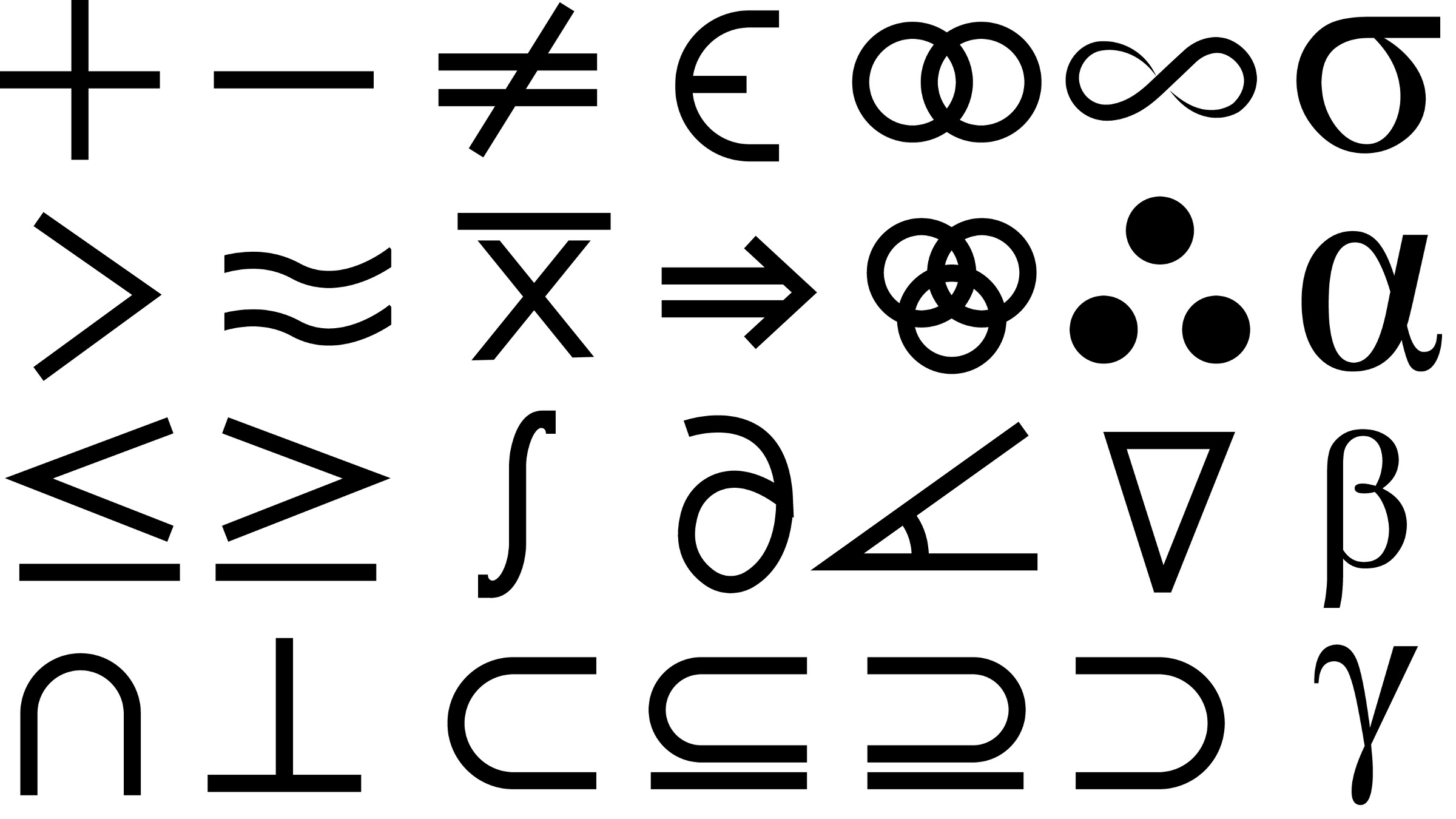This magazine has chronicled the Internet and all its evolutionary turns since its earliest days in 1969. Over the years we’ve tracked its basic technology (and all the branches it spawned), evaluated its business, cultural, and educational potential, assessed its effect on global commerce, argued its societal efficacy, interpreted its growth patterns, and warned of its weaknesses. This month, in celebration of the 32d anniversary of the Internet, we contemplate its future with a group of articles and essays that shed new light on where it’s headed.
Vinton Cerf looks back and marvels at the growth numbers and active nodes worldwide that no one could have possibly imagined over 30 years ago. Cerf expects the number of Internet-interacting devices to increase stratospherically (and literally) in the coming few years. Untethered communications and services, he says, will play a key role in the Net’s future evolution and applications.
Adrian Hooke picks up on the interplanetary mission for the Internet. As a principal member of the senior staff in the NASA Jet Propulsion Laboratory InterPlaNetary Network and Information Systems Directorate, Hooke has a front row seat. Here, he explores current efforts to standardize the protocols needed for intelligent communication with spacecraft and robots scattered throughout the solar system.
Leonard Kleinrock focuses on the future of nomadic computing and what it will take for the Internet to become truly invisible. Nomadicity, as he defines it, is the system support needed to provide computing and communications services in a transparent, convenient, adaptive way for ever-roaming nomads (aka billions of casual users).
José Corrales focuses on cultural communications. If the Internet is to be an all-encompassing communicative device, he contends, it must welcome and accommodate the languages, customs, and laws of all people. Lada Adamic and Bernardo Huberman trace the growth pattern of Web sites and services and explain how this information can be translated to forecast the Web infrastructure of the future.
Lastly, Mark Weiser ponders whether the long-awaited IP version 6 (IPv6) will ever replace IPv4 as promised. These comments come as the first serious wave of the IPv6-based products and services reportedly flows our way.
Diane Crawford,
Editor



Join the Discussion (0)
Become a Member or Sign In to Post a Comment